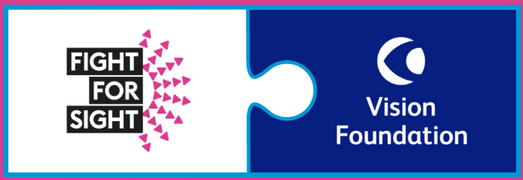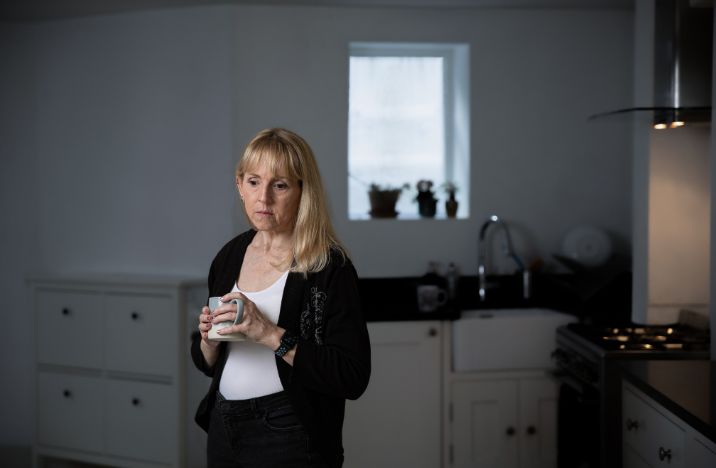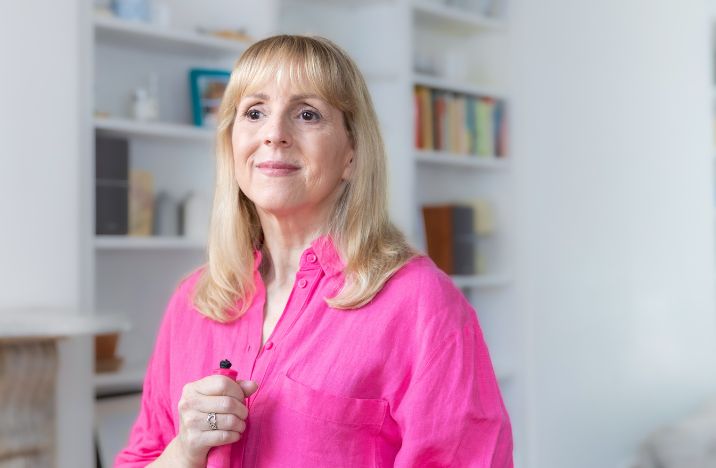
The Unseen
Blind and partially sighted people's experiences of domestic abuse
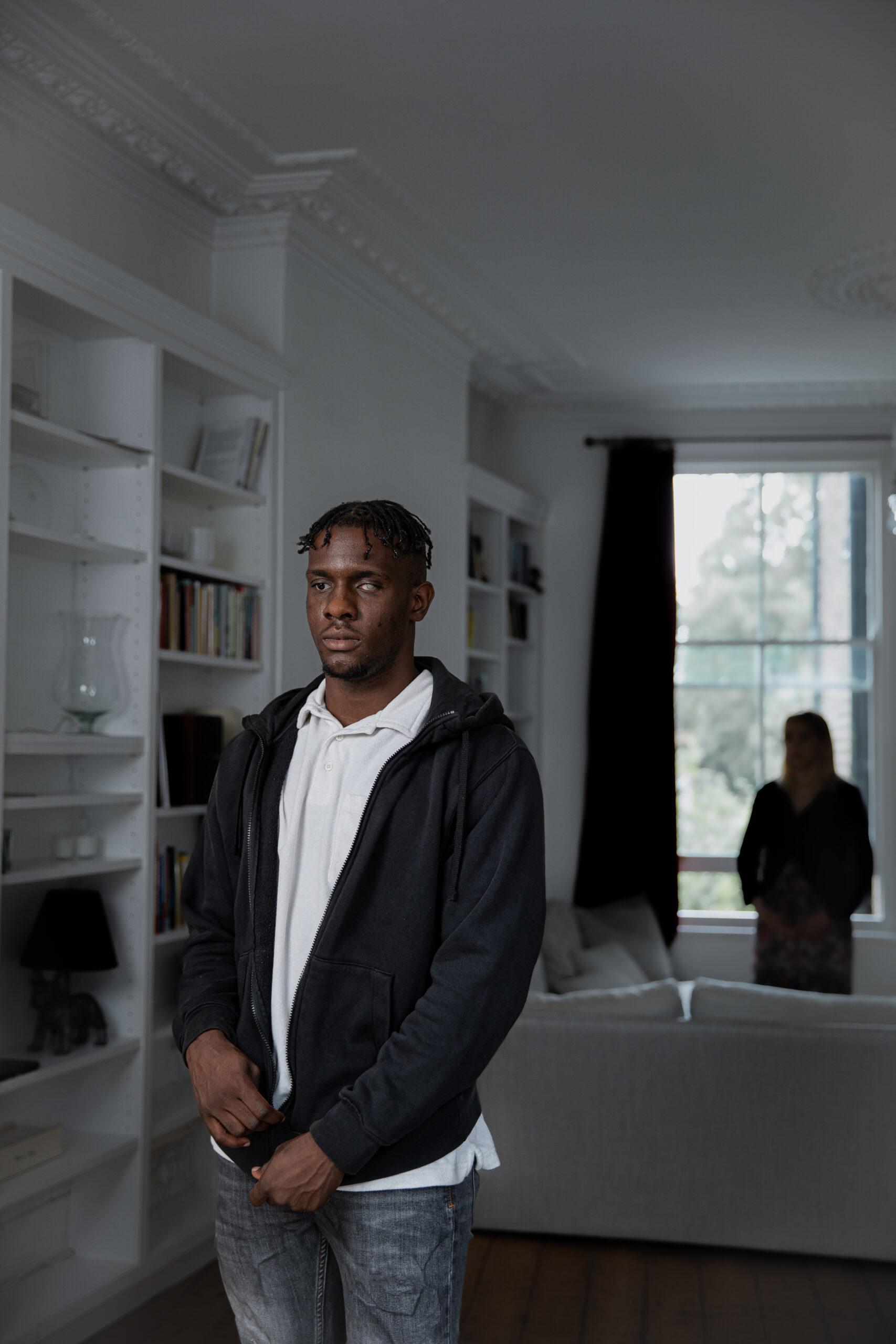
Experiences of domestic abuse
1 in 12 visually impaired people in the UK is estimated to be a victim of domestic abuse
The Unseen is the first ever research into the shocking scale and nature of domestic abuse among blind and partially sighted people.
We’re calling for a multi-faceted and united response so no one is left Unseen.
The Findings
The report, researched and compiled by the charity SafeLives, highlights the lack of relevant knowledge and experience among organisations and professionals working in both the fields of sight loss and domestic abuse, and puts forward proposals for how to tackle the challenges and break down the barriers to help.
- 1 in 12 visually impaired people in the UK is estimated to be a victim or survivor of domestic abuse, translating to 188,000 likely victims or survivors.
- Disabled people are three times more likely to experience abuse from more than one person in their lifetime.
- Less than 1 in 5 domestic abuse professionals have had specialist training to support visually impaired victims or survivors.
- Abusers use tactics specific to their blind or partially sighted victim, such as: placing objects in the way to cause falls, preventing them from using mobility aids such as guide dog or white cane, withholding or hiding medicines.
- Some survivors are encouraged to stay with the abuser by family members or support services, as the abuser is perceived as their carer and ‘best option’.
- Lack of accessibility and confidentiality are major barriers to visually impaired victims or survivors seeking help.
- 3 in 4 domestic abuse professionals either don’t know about their organisation’s accessibility policies, or don’t know if they have them.
- 3 in 4 domestic abuse professionals don’t know if their social media services are accessible.
Download, read and share the report.
The Unseen blind and partially sighted people’s experience of domestic abuse. PDF
The Unseen blind and partially sighted people’s experiences of domestic abuse. Plain text. Word
Full report by SafeLives- 110 pages – Word
Take a look at the projects we’re funding following the release of The Unseen >
Recommendations for the sector and society
We are calling for a multi-faceted and united response to this abuse experienced by some of the most vulnerable people in our society, in some cases by the people they trust and depend on for every part of their daily lives, including:
Guidance
We must develop best practice. Guidance is needed around working with victims and survivors with a visual impairment, including toolkits for practitioners, and clear referral pathways.
Training
We must train domestic abuse practitioners and sight loss professionals on the specific needs of visually impaired victims and survivors, on risk factors, safety planning, identifying abuse and referral pathways.
Services
We must ensure that all domestic abuse information, services and premises are accessible to those with visual impairments. Professionals should create opportunities to see individuals one-to-one and without a carer, and create safe spaces in which to enquire about domestic abuse and their safety.
Advocacy
We must engage with the community to build trust and raise awareness of domestic abuse, including the development of a visual impairment survivors’ network where survivors can share their experiences and help to shape future research, learning and actions taking place.
Awareness
We must disseminate this and future research in order to achieve improvements in policy, practice and awareness in order to address the harm of domestic abuse in the sight loss community.
Investment
We must ensure that funds are available for organisations to be able to implement changes and meet urgent need.
Uniting with #TheUnseen

Show you stand with the 1 in 12 by Uniting with #TheUnseen on social media.
- Draw the letter ‘U’ on your hand with a pen, lipstick, marker, whatever you have available. You can draw a ‘U’ by drawing a loop on your palm, starting from beneath your forefinger, moving down to the base of your palm and looping back towards the base of your pinky finger.
- Take a selfie holding up your hand, or just take a picture of your hand if you prefer. Then share it across social media with the caption: 1 in 12 visually impaired people have experienced domestic abuse. It doesn’t have to be this way. I’m uniting with #TheUnseen to raise awareness. Read the report on @Vision_Fdn’s website and share a selfie to show your support for victims and survivors of domestic abuse.
- Don’t forget to add alt text to your image so everyone can see your support. Here’s an example of alt text for the image to the right: Collage of two photos. 1) A Caribbean black woman in her early 20s smiling for a selfie. She has one hand raised, with an open palm. On the palm is the letter U drawn on in black pen. 2) A white man in his late 20s, with short, dark brown hair and a short beard. He’s doing the same pose but with a red ‘U’ on his palm. Text: “Share a selfie to support #TheUnseen
The Unseen in the media
BBC London – Monday 10 October 2022.
Times Radio – Monday 10 October 2022.
In Touch, BBC Radio 4 – Tuesday 11 October 2022.
The Independent – Tuesday 11 October 2022.
You and Yours, BBC Radio 4 – Wednesday 12 October 2022.
Optometry Today – Monday 10 October 2022.
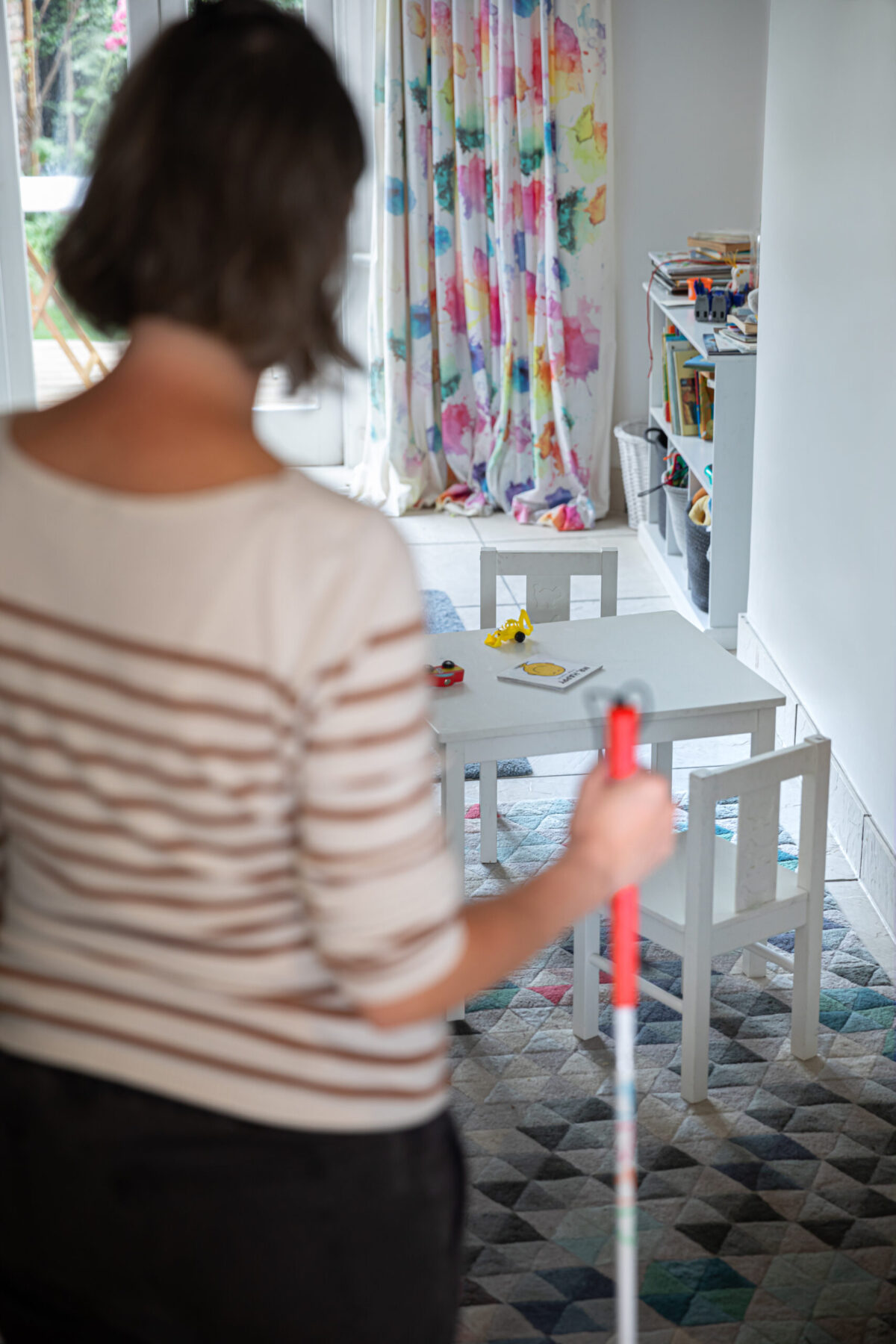
Find out more about our work
The hopes, fears and lived experience of the people our work supports drives everything we do. Complete your details below to receive, Vision Matters, our regular email update about our work and how you can support it. You can unsubscribe at any time.
